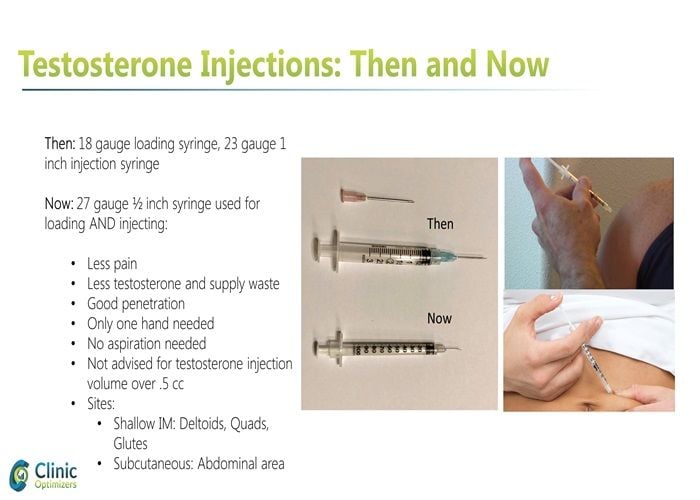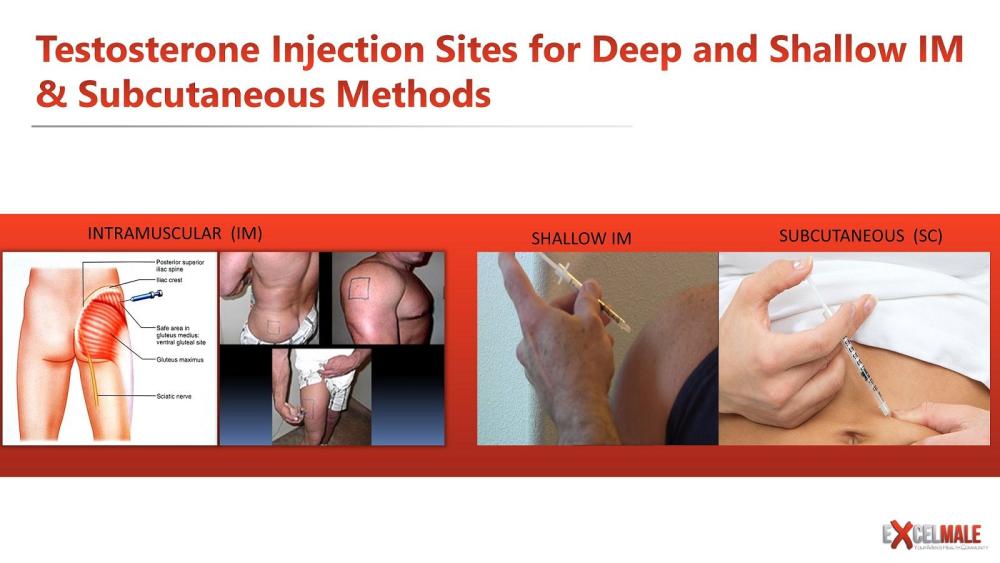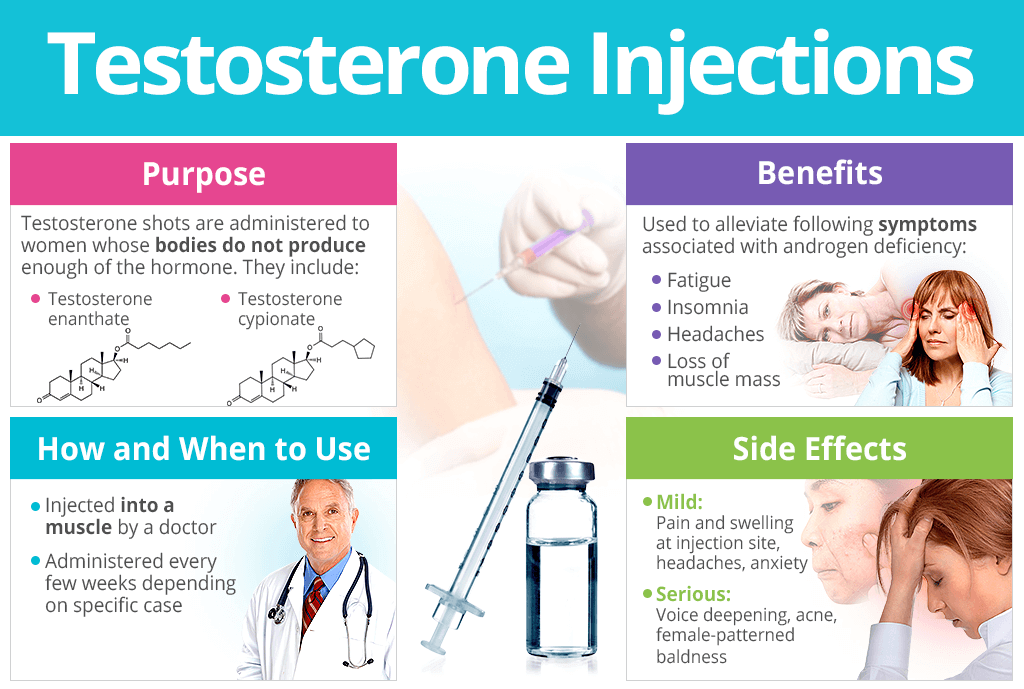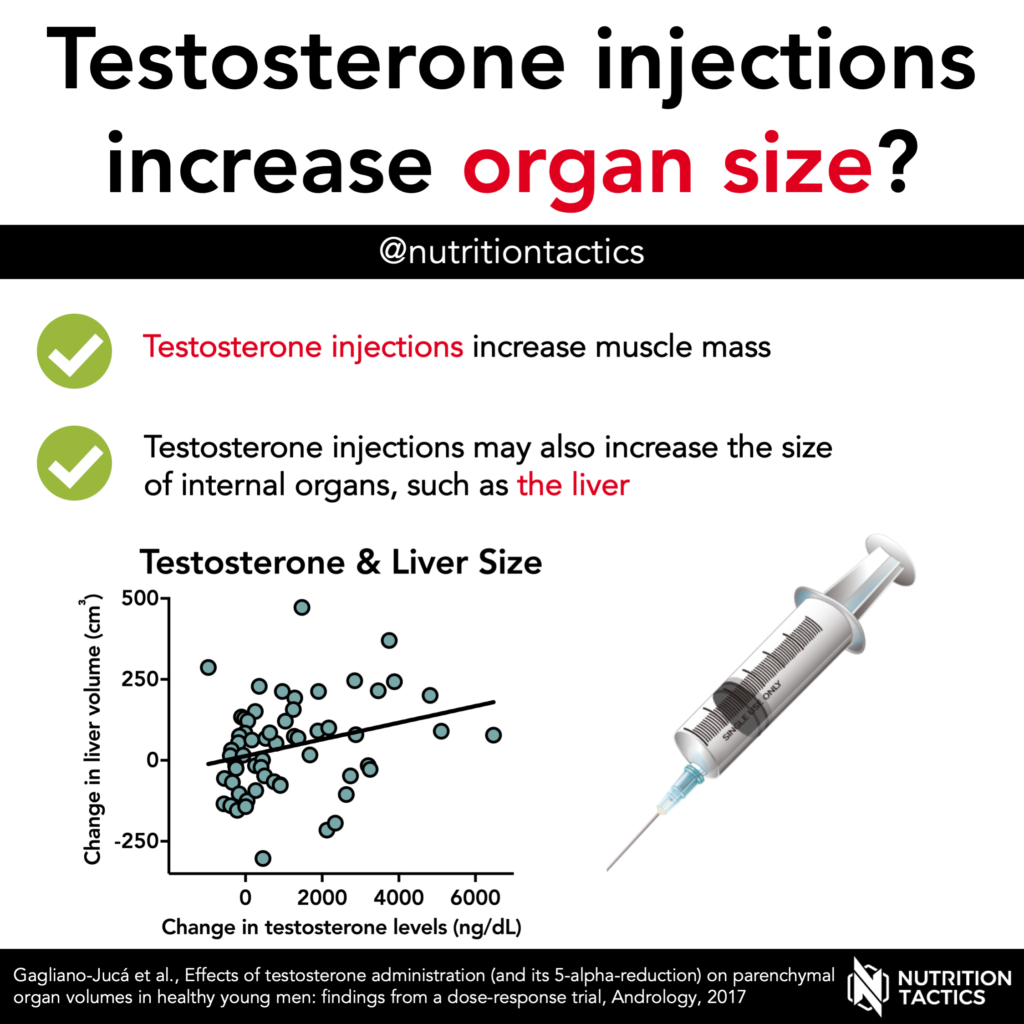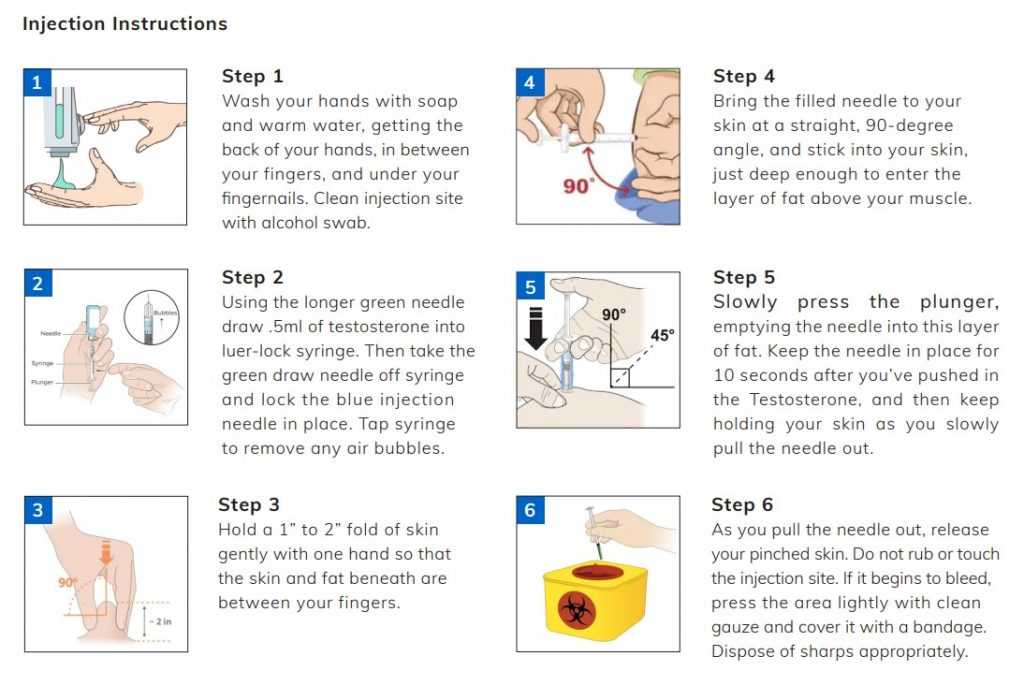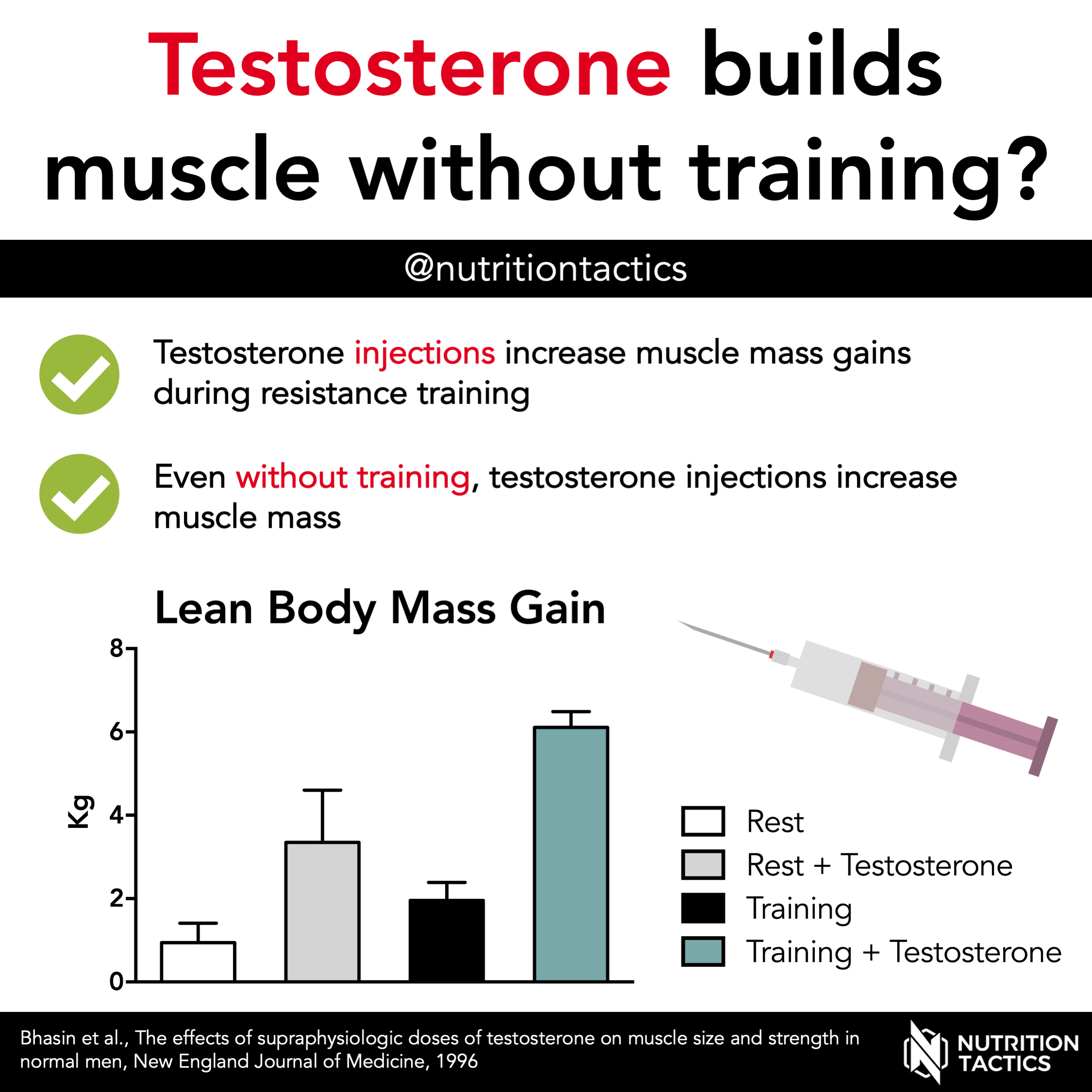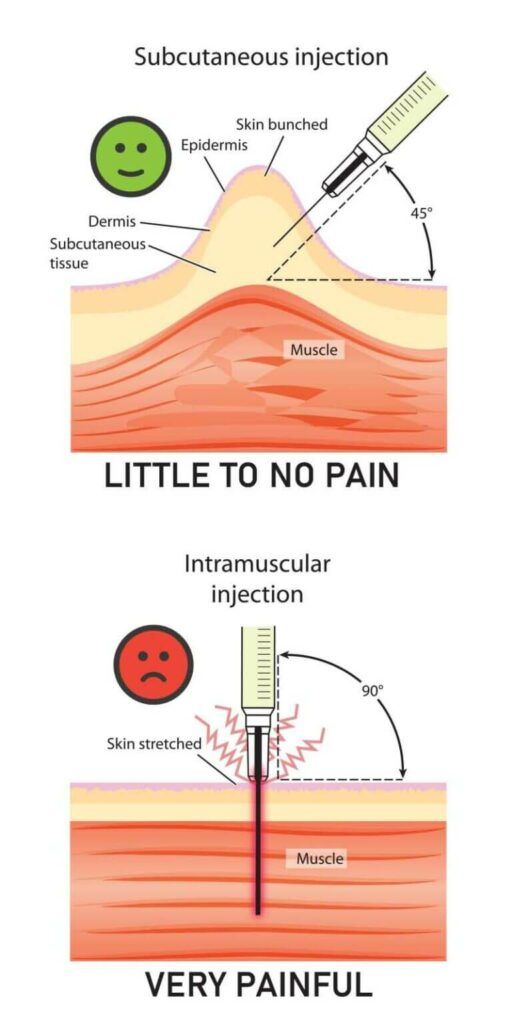Injecting Testosterone Into Fat Vs Muscle

Serious concerns are emerging about the potential dangers of injecting testosterone into fat instead of muscle, a practice which could compromise treatment efficacy and lead to significant health complications.
Improper injection techniques, particularly injecting testosterone into subcutaneous fat instead of the intended intramuscular site, can result in inconsistent hormone absorption, reduced therapeutic benefits, and heightened risks of adverse effects.
The Core Issue: Misinjection and Its Consequences
The primary concern centers on testosterone being administered incorrectly. This involves injecting the hormone into the fat layer beneath the skin, rather than directly into the muscle tissue.
This misinjection can significantly alter the drug's absorption rate. It also diminishes its effectiveness in achieving the desired physiological effects.
What Happens When Testosterone Enters Fat Instead of Muscle?
When testosterone is injected into fat, its absorption becomes erratic and unpredictable. The medication could be absorbed too slowly, leading to sub-therapeutic levels in the bloodstream.
Conversely, it could be absorbed too quickly, creating supraphysiological spikes. These fluctuations can exacerbate side effects and hinder the stabilization of hormone levels.
This can prevent patients from experiencing the intended benefits of the treatment, such as increased muscle mass, improved energy levels, and enhanced libido.
The Risks: A Cascade of Potential Problems
Misinjection increases the likelihood of several adverse effects. These include pain, swelling, and redness at the injection site.
Nodules or lumps can form under the skin. This happens as the body attempts to encapsulate the unabsorbed medication.
More seriously, improper injection techniques can lead to infections. These include abscesses requiring medical intervention.
Systemic Effects of Erratic Absorption
Beyond local reactions, inconsistent absorption can have systemic consequences. Erratic hormone levels can disrupt the endocrine system.
This disruption manifests as mood swings, anxiety, and irritability. It also affects sleep patterns and overall well-being.
Long-term variability in hormone levels can contribute to cardiovascular issues, prostate enlargement, and other serious health concerns.
Who is Affected? The Scope of the Problem
The issue affects individuals undergoing testosterone replacement therapy (TRT). This includes those prescribed it for hypogonadism or other medical conditions.
It affects those who self-administer testosterone. It also affects those who receive injections from healthcare providers lacking proper training.
Anyone prescribed testosterone injections is potentially at risk if the correct administration technique is not followed.
Where and When: The Context of Misinjections
Misinjections occur in both clinical settings and at home. This depends on the knowledge and skill of the person administering the injection.
The problem is observed worldwide. Data shows variations based on access to healthcare and patient education levels.
There is no specific time frame, but the problem is escalating due to increasing TRT prescriptions and accessibility via online sources.
How to Prevent Misinjections: A Call for Proper Technique
Proper injection technique is paramount. This includes using the correct needle length for intramuscular injections. It also includes identifying appropriate injection sites such as the deltoid or gluteal muscles.
Patients should be thoroughly educated on the correct procedure. They should also receive hands-on training from healthcare professionals.
Aspiration before injecting can help confirm that the needle is not in a blood vessel. This reduces the risk of complications.
The Role of Healthcare Providers
Healthcare providers play a crucial role in preventing misinjections. They must receive comprehensive training on proper injection techniques.
They should also regularly assess patients' injection technique. This is necessary to ensure they maintain proficiency and avoid errors.
Open communication between patients and providers is essential. It’s needed to address concerns and provide ongoing support.
Moving Forward: Education, Training, and Vigilance
Increased awareness among patients and healthcare providers is paramount. This involves widespread dissemination of information regarding correct injection techniques.
Further research is needed to quantify the prevalence of misinjections. This is necessary to assess the long-term consequences of injecting testosterone into fat.
Healthcare institutions should prioritize training programs on injection techniques. This can help ensure patient safety and treatment efficacy.
